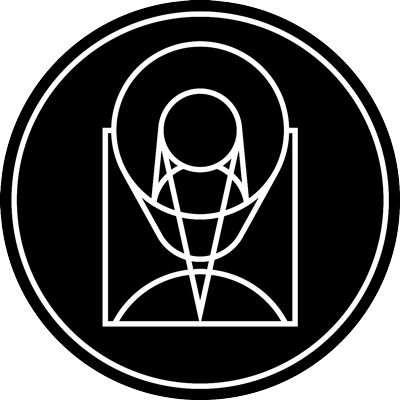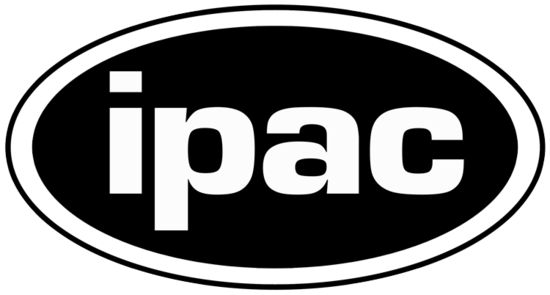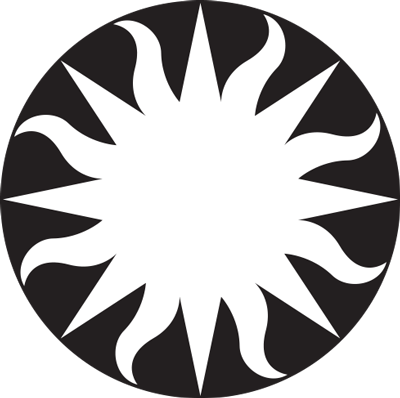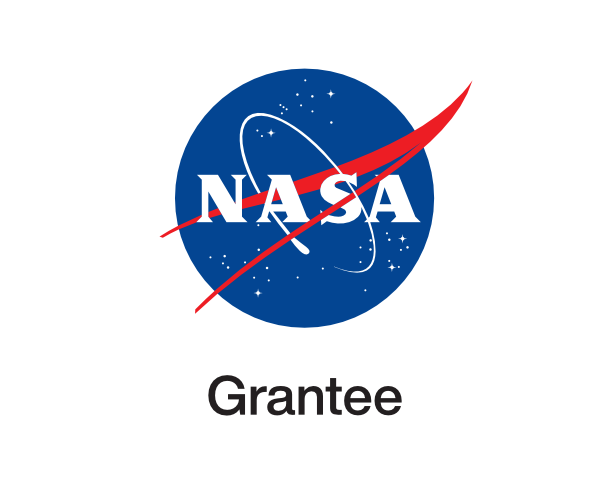Yellow and blue, old and new

esahubble_potw2539a September 29th, 2025
Credit: ESA/Hubble & NASA, A. FilippenkoAcknowledgement: M. H. Özsaraç
Stars of all ages are on display in today’s NASA/ESA Hubble Space Telescope Picture of the Week. This sparkling spiral galaxy is called NGC 6000 and it is located 102 million light-years away in the constellation Scorpius. This galaxy has a glowing yellow centre and glittering blue outskirts. The colours reflect differences in the average ages, masses and temperatures of the galaxy’s stars. In the heart of the galaxy, the stars tend to be older and smaller. Less massive stars are cooler than more massive stars, and somewhat counterintuitively, cooler stars are redder, while hotter stars are bluer. Farther out along NGC 6000’s spiral arms, brilliant star clusters host young, massive stars that appear distinctly blue. Hubble collected the data for this image while surveying the sites of recent supernova explosions in nearby galaxies. NGC 6000 has hosted two recent supernovae: SN 2007ch in 2007 and SN 2010as in 2010. Using Hubble’s sensitive detectors, researchers are able to discern the faint glow of supernovae years after the initial explosion. These observations help to constrain the masses of supernova progenitor stars and can indicate if they had any stellar companions. By zooming in to the right side of the galaxy’s disc in this image, you may see something else yellow and blue: a set of four thin lines. These are an asteroid in our Solar System, which was drifting across Hubble’s field of view as it gazed at NGC 6000. The four streaks are due to different exposures that were recorded one after another with slight pauses in between. These were combined to create this final image. The colours appear this way because each exposure used a filter to collect only very specific wavelengths of light, in this case around red and blue. Having these separate exposures is important to study and compare stars by their colours — but it also makes asteroid interlopers very obvious! [Image Description: An oval-shaped spiral galaxy, of which only the centre and lower half is in frame. Its centre is mainly golden in colour with a white glowing core, while its thick spiral arms are mostly blue, particularly at the outskirts; the colours merge in between. Dark lanes of dust swirl through the centre, blocking some of its light. Stars and distant galaxies can be seen around the edges on a black background.]
Provider: Hubble Space Telescope | ESA
Image Source: https://esahubble.org/images/potw2539a/
Curator: ESA/Hubble, Baltimore, MD, United States
Image Use Policy: Creative Commons Attribution 4.0 International License

- ID
- potw2539a
- Subject Category
- Subject Name
- NGC 6000
- Credits
- ESA/Hubble & NASA, A. FilippenkoAcknowledgement: M. H. Özsaraç
- Release Date
- 2025-09-29T06:00:00
- Lightyears
- Redshift
- Reference Url
- https://esahubble.org/images/potw2539a/
- Type
- Observation
- Image Quality
- Distance Notes
- Facility
- Hubble Space Telescope, Hubble Space Telescope, Hubble Space Telescope, Hubble Space Telescope
- Instrument
- WFC3, WFC3, WFC3, WFC3
- Color Assignment
- Blue, Green, Green, Red
- Band
- Optical, Optical, Optical, Optical
- Bandpass
- V, V, I, I
- Central Wavelength
- 555, 555, 814, 814
- Start Time
- Integration Time
- Dataset ID
- None, None, None, None
- Notes
- Coordinate Frame
- ICRS
- Equinox
- J2000
- Reference Value
- 237.4607671508981, -29.392974836485404
- Reference Dimension
- 3558.0, 1918.0
- Reference Pixel
- 1779.0, 959.0
- Scale
- -1.1021442215494967e-05, 1.1021442215494967e-05
- Rotation
- 31.03999999999996
- Coordinate System Projection:
- TAN
- Quality
- Full
- FITS Header
- Notes
- Creator (Curator)
- ESA/Hubble
- URL
- https://esahubble.org
- Name
- Telephone
- Address
- ESA Office, Space Telescope Science Institute, 3700 San Martin Dr
- City
- Baltimore
- State/Province
- MD
- Postal Code
- 21218
- Country
- United States
- Rights
- Creative Commons Attribution 4.0 International License
- Publisher
- ESA/Hubble
- Publisher ID
- esahubble
- Resource ID
- potw2539a
- Resource URL
- http://esahubble.org/media/archives/images/original/potw2539a.tif
- Related Resources
- Metadata Date
- 2025-10-01T00:00:06.970315
- Metadata Version
- 1.1
Detailed color mapping information coming soon...













